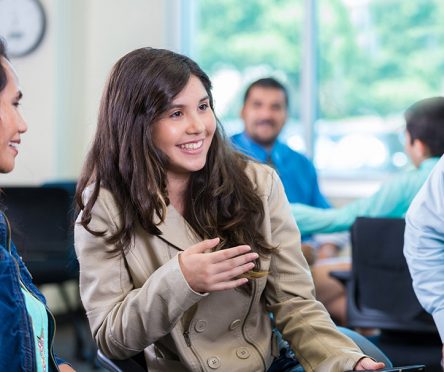The images are graphic and wrenching enough for adults to watch, but children need extra care and guidance to best understand the current humanitarian crisis in Ukraine.
Dr. Laura Saunders, a child psychologist with the Institute of Living, part of the Hartford HealthCare Behavioral Health Network, said jarring images from Ukraine are everywhere and even if parents restrict watching television news at home, information is emerging from seemingly innocuous sources like an international soccer game during which Ukrainian players were moved to tears by support from the league.
“They’re seeing these things in a variety of contexts, so it’s important for us to provide simple, concrete, fact-based information when we can,” Dr. Saunders said.
When talking with children, it’s important to consider their developmental age. Even then, her suggested guideline is to provide information and then wait for questions.
“What you would say to young children is different than what you would say to middle or high school students,” Dr. Saunders said. “Use simpler, concrete language with young children. For middle or high school-age students, you can give more detail based on the questions they ask.”
Giving children too much information up front can be overwhelming to them. By providing basic information, it gives them a chance to digest it and then ask questions.
For youth who have points of connection with the current conflict – they are of Ukrainian or Russian descent or have family members or friends who are affected – the story becomes even more personal and might warrant sharing more information, Dr. Saunders added.
For now, she suggested leaving the droning news off at home to protect children from such images as parents being separated from their children, or weary families walking miles to cross the Ukrainian border into Poland.
“Those are images that are very troubling for me to see as well,” she said. “They can really stick with you, and are hard to explain. It’s hard for us as adults to understand the kind of emotional pain and conflict someone might be going through. When it gets too overly emotional, it gets harder to explain.”
Current world events compound the emotional strain the world has been under during the COVID-19 pandemic. To help everyone in the family, especially children, feel better, Dr. Saunders said parents can find small ways to add joy into everyday life. That can be special time together as a family, getting outside for exercise or enjoying alone time.
“There’s been so much on our plates,” she said. “It’s time to bring peace, calm and comfort into your life. There’s so much we do not have control over, so let’s exert some control where we do have it.”



